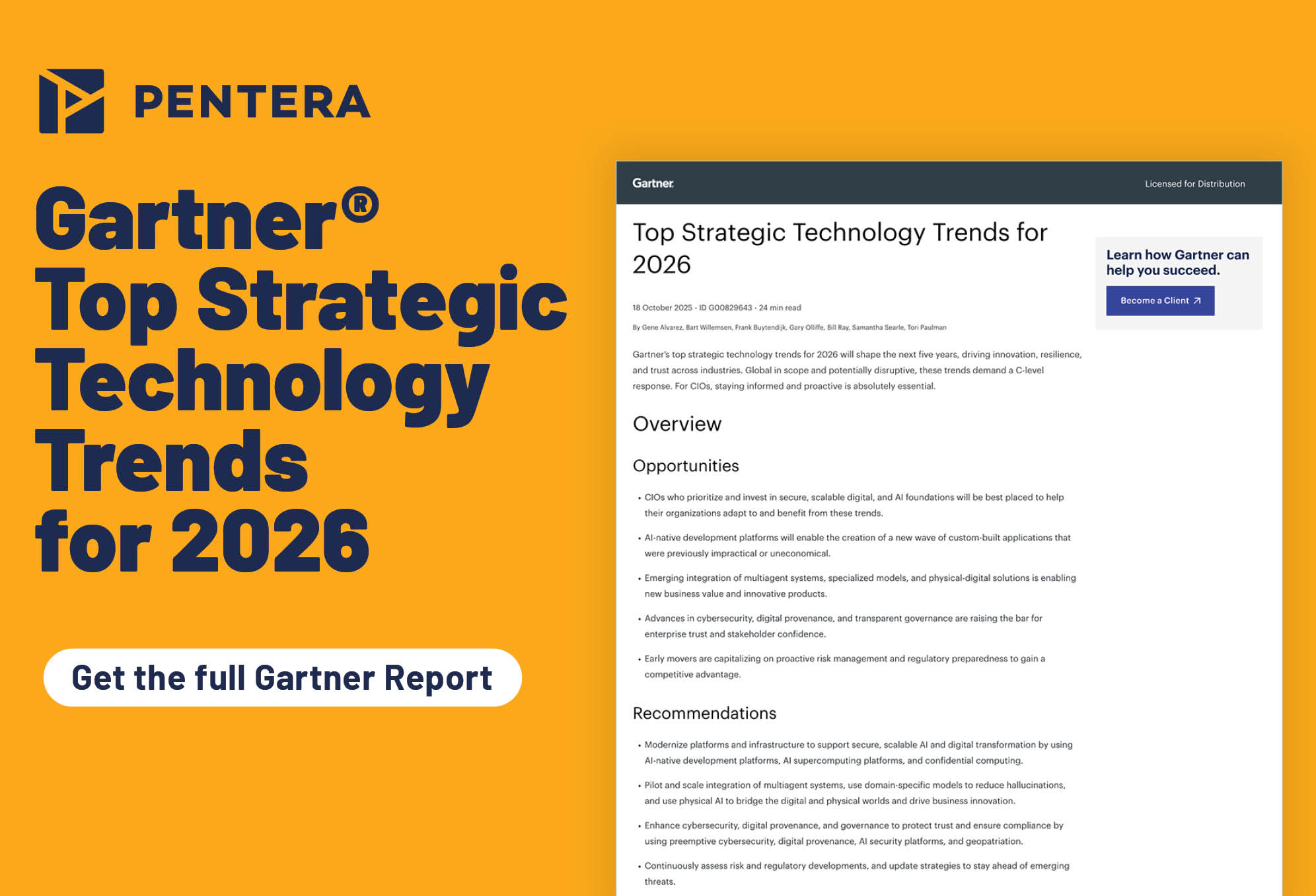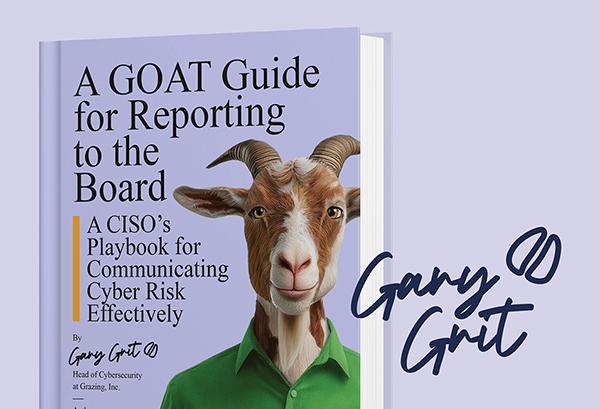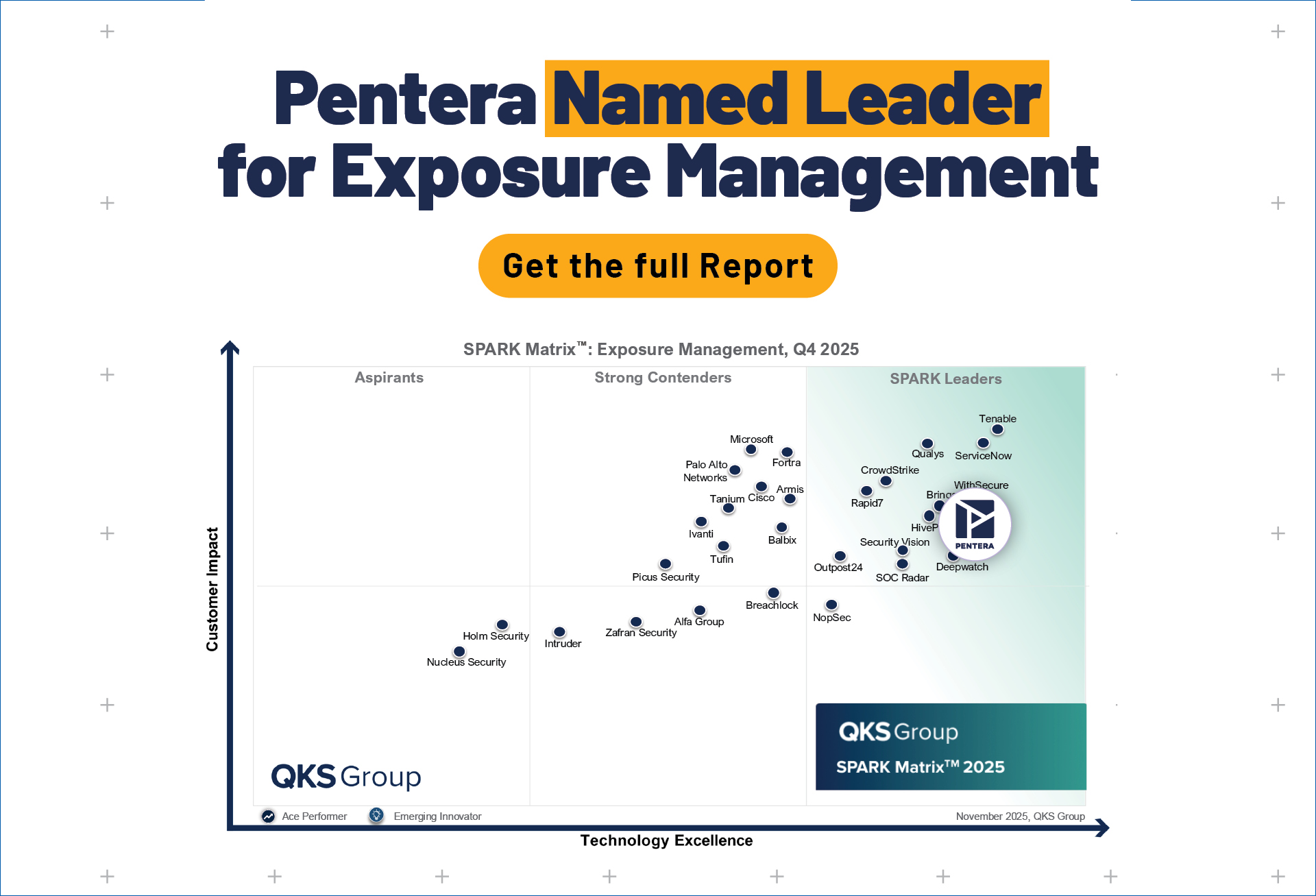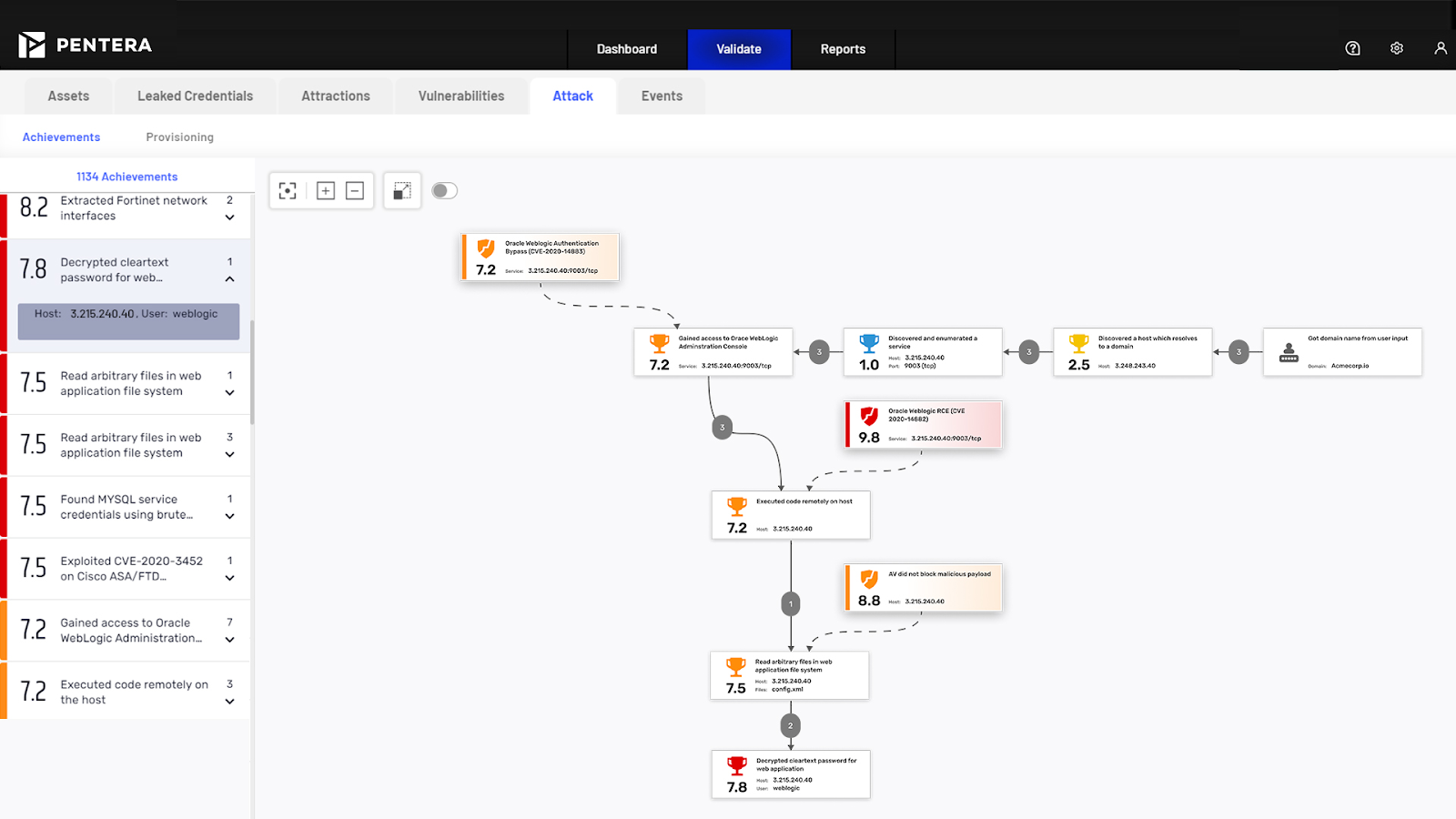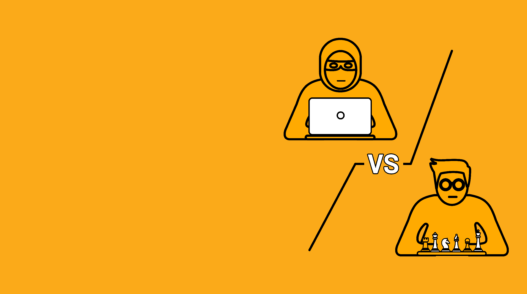The European energy sector’s recent takedown showed just how fast even strong defenses can crumble in the face of the increasing sophistication of cyber threats. If you’re waiting to react to these threats, you’re already behind. That’s why proactive security validation is so crucial, making sure your defenses are always ready, and adapting in real-time to whatever comes your way.
What is Continuous Security Validation?
Continuous Security Validation is a proactive approach to cybersecurity that allows organizations to regularly test that their security controls are effectively working to block threats. It ensures organizations stay resilient by proactively addressing evolving threats. Leveraging validation practices for new challenges, such as AI-driven threats or maintaining cyber hygiene, is essential for robust defense strategies.
It will allow your organization to:
- Be proactive: Regularly validate your security controls against the latest malware and TTPs, allowing you to address vulnerabilities and other security gaps before they can be exploited by attackers.
- Test on-demand: Run security tests whenever needed—daily, weekly, or monthly—to get the true read on your security poster at any given moment.
- Prioritize Mitigation: Focus on the security gaps that can be actively exploited and provide a pathway to business-critical assets, allowing you to surgically remediate your riskiest exposures.
- Cover all your bases: Test and validate every attack surface across your entire IT environment, from on-premises infrastructure through web-facing assets to cloud-based assets, ensuring no asset goes unchecked.
Why Continuous Security Validation Matters
Traditional methods—like vulnerability scanning or manual penetration testing—offer only a snapshot of your security at a single point in time. But in a world where threats evolve by the minute, these approaches can leave you exposed. In an ongoing process, continuous testing and validation supports the adaptability of your defenses, ensuring they are always up to the challenge to defend against today’s most sophisticated threats.
Implementing Continuous Security Validation
Here’s what you need to take into consideration before implementing CSV:
- Take an adversary’s perspective: Instead of merely prioritizing vulnerabilities based on severity, focus on how an attacker would exploit them in your specific environment. This approach helps validate the true risk and ensures your defenses are aligned with real-world threats.
- Integrate ongoing security validation with existing security processes: This solution is not a standalone effort—it integrates seamlessly with your threat intel, SOC and SIEM operation. Automating routine pentesting tasks frees up your team from the manual work of assessing the efficiency of these security systems.
- Continuous improvement loop: This solution is an ongoing process. Test, fix, and retest on a regular basis to ensure your ongoing security readiness.
Deploying Continuous Security Validation: Common Concerns
Here’s what you need to take into consideration before implementing ongoing security validation:
- Take an adversary’s perspective: Instead of merely prioritizing vulnerabilities based on severity, focus on how an attacker would exploit them in your specific environment. This approach helps validate the true risk and ensures your defenses are aligned with real-world threats.
- Integrate Continuous Security Validation with existing security processes: Continuous Security Validation isn’t a standalone effort—it integrates seamlessly with your threat intel, SOC and SIEM operation. Automating routine pentesting tasks frees up your team from the manual work of assessing the efficiency of these security systems.
- Continuous improvement loop: Continuous Security Validation isn’t a one-and-done solution; it’s an ongoing process. Test, fix, and retest on a regular basis to ensure your ongoing security readiness.
When considering the deployment of Continuous Security Validation, organizations might face certain concerns or objections. Here’s how Pentera addresses these challenges:
Objection: “Integrating Continuous Security Validation into our existing security processes seems complicated.”
Solution: While integrating Continuous Security Validation may appear challenging, Pentera is extremely easy to install and integrate within the wider security ecosystem. As an agentless solution it’s self-hosted on a node, giving your team complete control over sensitive data collected during security validation. Integrations with your existing infrastructure, including threat intel feeds, EDR, firewalls, and SIEM systems, allow critical information to be queried and acted upon efficiently via the REST API. This setup ensures seamless collaboration between your tools, with output to SIEM platforms and logging of audit trails for full transparency and operational insight.
Objection: “Will Continuous Security Validation create more work for our team?”
Solution: In reality it’s the opposite, Continuous Security Validation reduces workloads by providing actionable insights that focus on exploitability, significantly narrowing down the tens of thousands of vulnerabilities that security teams face. When examining the attack surface, Pentera safely replicates attacker behavior and navigates through your networks like an attacker would. This comprehensive view of the attack path helps pinpoint high-priority vulnerabilities that if remediated blocks potential threats at the most strategic point. Check out our attack vector visualizations for a clear picture of how we streamline this process.
Objection: “Will continuous validation disrupt our business operations?”
Solution: A common concern is that running continuous validation tests might disrupt business operations. Pentera is designed with safety in mind, ensuring that validation tests are conducted without any interference on your production environments.
To alleviate concerns, refer to our Safety Datasheet for a deeper understanding of how Pentera ensures operational safety. Even better, trial Pentera for yourself to see firsthand how safely and seamlessly it can be integrated into your workflows.
Objection: “Will it address a sufficiently comprehensive list of CVE’s?”
Solution: Continuous validation is extended all the time with our research capabilities, meaning that we are always developing and adding new attack vectors, whether they be newly published CVEs, Mitre ATT&CK, TTPs and from Pentera’s own research labs.
Lulu Exchange successfully implemented this solution to strengthen their security posture:
The foreign exchange company, Lulu Exchange, leveraged Pentera’s Automated Security Validation Platform to implement CSV. By doing so, they identified vulnerabilities in their infrastructure, phased out traditional testing processes, and significantly enhanced their cybersecurity posture.
Looking Ahead with Continuous Security Validation
In cybersecurity, being reactive is not enough. Proactive security validation gives you an advantage over attackers by having your defenses challenged like an adversary would. This approach ensures your defenses are always ready, no matter how threats evolve. By regularly testing all attack surfaces and zeroing in on the vulnerabilities that truly matter, ongoing validation helps you stay resilient and prepared.
Learn more about how the Pentera Platform can help you implement proactive validation for a proactive cybersecurity posture.
